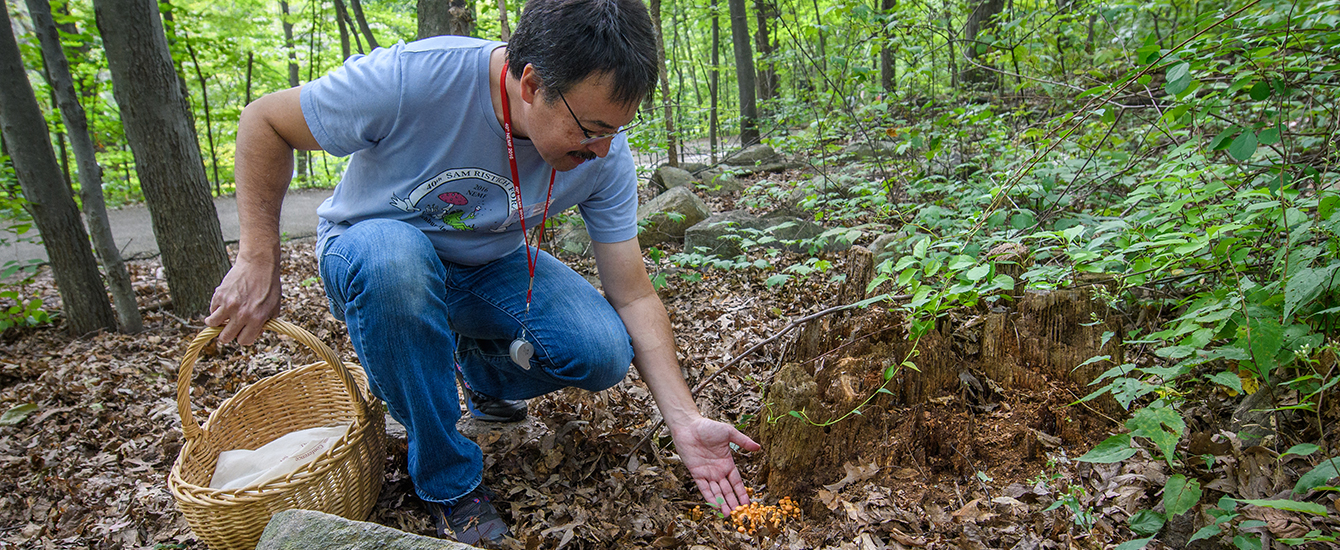Biology
Phylogenetic relationships among species of Phillipsia inferred from molecular and morphological data
Abstract
The internal transcribed spacers (ITS) of the nuclear ribosomal DNA have been sequenced from 29 collections of Phillipsia, mainly from the New World. The P. domingensis complex, collections with a range of colors but otherwise referable to P. domingensis s.l. based on spore ornamentation, were studied. Three distinctive species of Phillipsia also were included. The sequences were analysed to infer phylogenetic relationships within Phillipsia, using parsimony. Morphological features were studied separately, and then evaluated in the context of the ITS phylogeny. Four distinct rDNA lineages, supported by ascospore ornamentation, were identified: the P. crispata, the P. domingensis, the P. olivacea and the P. carnicolor lineages. SEM photographs of the ascospores are presented. Phillipsia lutea and another yellow form were nested within the P. domingensis complex, of those with reddish hymenial colors. Color has been emphasized in taxonomy of Phillipsia, but these results suggest that individuals with strikingly different coloration may be closely related. Levels of ITS sequence divergence in the P. domingensis lineage were low. Based on these data, and morphology as studied thus far, there is no justification for recognizing segregate species within the P. domingensis complex. The Old World collections of the P. domingensis complex were nested within the New World collections, which implies that the P. domingensis lineage is geographically widespread. Phillipsia rugospora is placed in synonymy with P. olivacea and a detailed description of this taxon is given. A lectotype is designated for P. olivacea.



